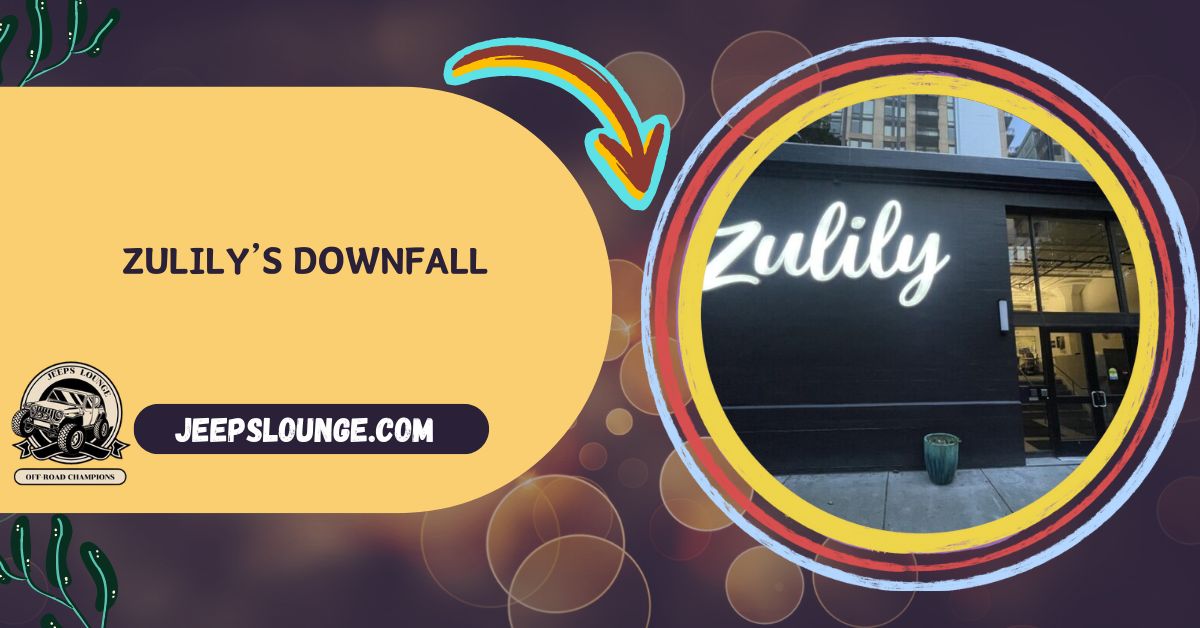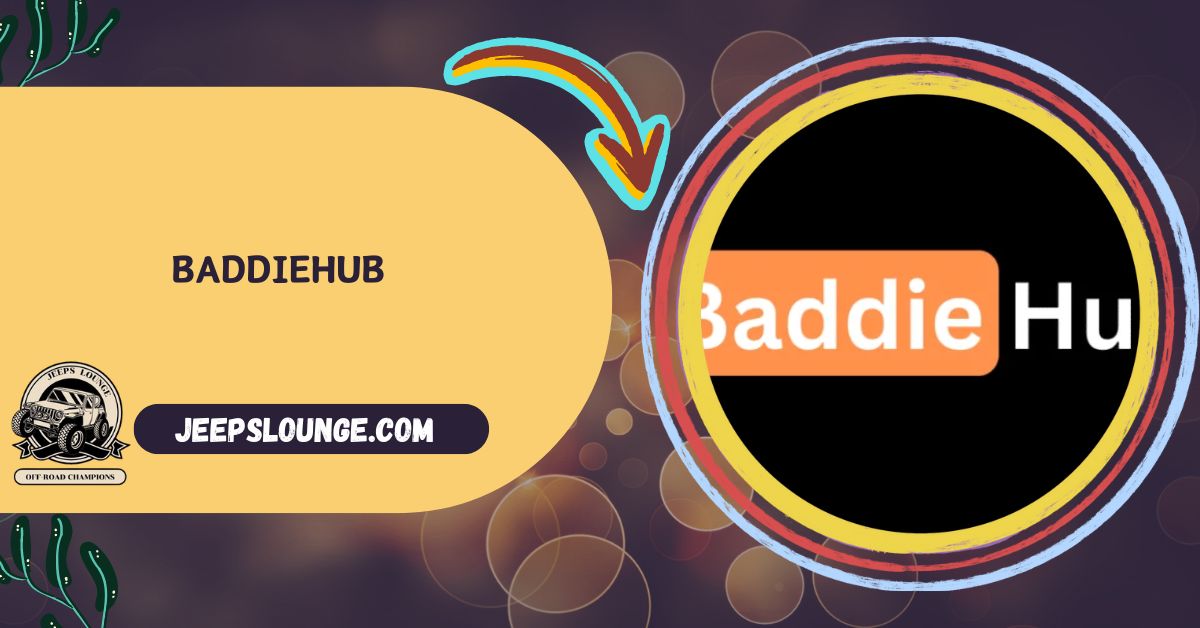Zulily’s downfall is a cautionary tale in the e-commerce industry. It illustrates how rapid growth and early success can be undermined by a series of strategic missteps and external pressures.
Zulily’s downfall was due to strategic missteps, market competition, and operational inefficiencies. Despite its early success, the company couldn’t sustain growth and ultimately closed in 2023.
This article delves into Zulily’s rise and fall, examining the internal and external factors that led to its demise and the lessons that can be learned from its journey.
The Rise Of Zulily:
Founders And Inspiration:
Zulily was founded in 2009 by Mark Vadon and Darrell Cavens, former executives at Blue Nile. Vadon had the idea for Zulily as he prepared for his child’s arrival, realizing the need for an easier way to obtain essential baby supplies.

This inspiration led to the creation of a company focused on providing unique, affordable products for young families.
Initial Focus On Children’s Apparel:
Initially, Zulily concentrated on children’s apparel, targeting young mothers seeking brand-name items for their kids. This niche market allowed Zulily to stand out in the crowded e-commerce landscape by offering specialized products through limited-time sales events.
Rapid Growth And Ipo:
Zulily experienced rapid growth in its early years, driven by its innovative flash sales model. By 2013, the company went public with a valuation of $2.6 billion, which nearly doubled by the end of its first trading day. In 2014, Zulily’s revenue soared to $1.2 billion, and its market value peaked at approximately $9 billion, marking it as one of the fastest-growing tech companies in Seattle.
Flash Sales And Limited-Time Offer:
Zulily’s business model centered around daily flash sales, offering a limited number of deals for a short period. This created a sense of urgency and excitement among customers, who often set alarms to access new products as soon as sales began at 6 a.m. The limited-time offers turned shopping into an engaging and entertaining experience.
Inventory-Light Strategy:
A key aspect of Zulily’s success was its “inventory-light” strategy. Unlike traditional retailers, Zulily sold merchandise on its site before ordering products from vendors. This approach allowed the company to maintain control over its supply chain and minimize the risks associated with unsold inventory.
Hyper-Personalization And Customer Experience:
Zulily leveraged technology to provide a highly personalized shopping experience. The company’s software tracked customer clicks and purchases to tailor product recommendations, making each customer’s experience unique.
Also Read: Vy6ys: Redefining The Future
Peak Performance And Expansion:
Financial Milestones:
Zulily’s financial growth during its peak years was impressive. The company’s revenue skyrocketed from $143 million in 2011 to $331 million in 2012, reflecting its rapid expansion and popularity.
By 2014, Zulily’s revenue had soared to $1.2 billion, demonstrating its ability to capture a significant share of the e-commerce market. This explosive growth was supported by a growing customer base, which nearly doubled year-over-year, reaching 1.58 million active customers in 2012.
Expansion Of Product Categories:
Initially focused on children’s apparel, Zulily expanded its product offerings to include a wider range of items such as women’s clothing, home decor, and toys.

This diversification helped Zulily attract a broader audience and increase its market presence. By catering to a variety of customer needs, Zulily was able to sustain its growth and maintain customer engagement.
Sponsorships And Social Media Presence:
Zulily invested heavily in strategic marketing initiatives to boost its brand visibility and customer engagement.
The company secured a multiyear sponsorship agreement with the Major League Soccer team Seattle Sounders in 2019, which significantly enhanced its local presence and brand recognition.
Additionally, Zulily leveraged social media platforms to reach its target audience, utilizing innovative and edgy marketing practices to attract and retain customers.
Acquisition By Qvc Group:
In 2015, Zulily was acquired by Liberty Interactive’s QVC Group (later renamed Qurate Retail Group) for $2.4 billion.
This acquisition was seen as a strategic move to combine QVC’s established television shopping audience with Zulily’s younger, mobile-savvy customer base. The deal promised potential synergies and complementary strengths between the two companies.
The Downward Spiral Begins:
Mismatch With Qvc’s Target Market:
When QVC acquired Zulily in 2015, it seemed like a promising partnership. However, the two companies targeted different demographics:
Zulily focused on younger moms shopping online, while QVC catered to an older audience shopping via television. This mismatch in target markets created difficulties in leveraging synergies and cross-selling opportunities, ultimately hindering the combined company’s potential for growth.
Culture Clash And Management Issues:
The integration of Zulily into QVC brought about significant cultural and operational challenges. Zulily’s fast-paced, startup-like culture clashed with QVC’s more traditional corporate environment.
Differences in management styles and strategic priorities led to internal conflicts and inefficiencies. Leadership struggled to align the two companies’ goals, causing friction and slowing down decision-making processes.
Shipping Delays And Customer Complaints:
One of Zulily’s key challenges post-acquisition was maintaining its operational efficiency. The company’s unique “inventory-light” strategy, which initially helped control costs, started to backfire as customer expectations for faster delivery times increased.
Zulily’s reliance on vendors to fulfill orders often led to significant shipping delays, causing frustration among customers. As competitors like Amazon set new standards for rapid delivery, Zulily struggled to keep up, leading to a decline in customer satisfaction.
Declining Sales And Missed Earnings:
Financial performance also began to suffer after the acquisition. Zulily missed earnings expectations, and its stock price started to decline in the latter half of 2014.
Despite efforts to revitalize the brand, including the introduction of initiatives like the “Best Price Promise,” sales continued to decline.
Year-over-year sales decreased throughout 2019, and the company faced ongoing revenue declines and workforce reductions. By 2022, Zulily’s revenue had fallen by 38%, and the company was unable to reverse its downward trend.
Also Read: FintechZoom Pro: Understanding Financial Markets
The Final Chapters Of zulily’s Downfall:
Initial Hopes And Promises:
When Regent acquired Zulily in May 2023, there were initial hopes for a turnaround. Regent, known for buying distressed companies, promised to grow Zulily in new markets and revitalize its operations. This acquisition raised expectations among employees and vendors, who hoped for a new beginning.
Rapid Deterioration And Layoffs:
But the optimism didn’t last long. Zulily’s condition deteriorated rapidly under Regent’s ownership. By the end of 2023, the company faced massive layoffs, with over 800 employees across three states losing their jobs. The sudden downturn shocked both employees and vendors, many of whom reported not receiving payments.
Lawsuits And Allegations Against Amazon:
As Zulily struggled, it filed a lawsuit against Amazon, alleging anticompetitive practices that harmed its business. The lawsuit claimed Amazon’s policies discouraged merchants from working with competitors. Despite these allegations, Zulily’s decline continued, and the lawsuit did little to reverse its fortunes.
Liquidation Process And Asset Sale:
In December 2023, Zulily announced its closure and liquidation. The company began winding down operations, selling off assets to maximize value for creditors.
Beyond Inc., formerly Overstock.com acquired Zulily’s intellectual property for $4.5 million. This acquisition aimed to integrate Zulily into Beyond’s discount retail division, but the future presence of Zulily in Seattle remained uncertain.
Lessons From Zulily’s Downfall:
Staying True To Brand Identity:
One of the key lessons from Zulily’s downfall is the importance of maintaining a clear and consistent brand identity.
Zulily’s initial success was built on catering specifically to young mothers with unique, daily flash sales. As the company expanded, it attempted to broaden its product range and target audience, which diluted its brand identity. Staying true to the core market that brought early success is crucial for long-term sustainability.
Balancing Expansion With Core Competence:
While expansion is often necessary for growth, it must be balanced with the company’s core competencies. Zulily’s rapid diversification into various product categories and target markets stretched its resources and diluted its unique value proposition.
Companies should carefully evaluate new opportunities to ensure they align with their core strengths and capabilities.
Meeting Customer Expectations:
Zulily’s innovative “inventory-light” strategy initially provided a competitive advantage. However, as customer expectations for fast delivery grew, Zulily struggled to meet these demands, leading to dissatisfaction and loss of customer trust.
Maintaining operational efficiency and adapting to evolving customer expectations are essential to retaining a loyal customer base.
Efficient Supply Chain Management:
Effective supply chain management is vital for e-commerce companies. Zulily’s reliance on vendors to fulfill orders resulted in significant shipping delays and quality control issues, which ultimately harmed its reputation. Ensuring a reliable and efficient supply chain helps meet customer demands and maintain trust in the brand.
The Future Of zulily’s Legacy:
Strategic Integration Into Overstock Division:
In early 2024, Beyond Inc., formerly known as Overstock.com, acquired Zulily’s intellectual property for $4.5 million. This acquisition was a strategic move to integrate Zulily into Beyond’s discount retail division.
The integration aims to leverage Zulily’s brand and customer base to strengthen Beyond’s market position in the off-price retail sector.
Plans For Revival And Customer Engagement:
Beyond Inc. plans to revive Zulily by relaunching its website and reconnecting with Zulily’s extensive customer base of 18 million.
The revamped platform is expected to offer a more diverse product range and improved customer experience, capitalizing on synergies with Beyond’s existing offerings. This revival is set to contribute to Beyond’s revenue targets without incurring significant additional fixed expenses.
Career Paths Post-Zulily:
The closure of Zulily left over 800 employees jobless, prompting many to seek new opportunities. Former Zulily employees have since ventured into various roles across the tech and retail sectors, with some launching startups and others taking leadership positions in different companies.
The skills and experiences gained at Zulily have helped many of these professionals transition successfully into new careers.
Industry Takeaways And Best Practices:
Zulily’s journey offers valuable lessons for the e-commerce industry. Key takeaways include:
- The importance of maintaining a clear brand identity.
- Balancing expansion with core competencies.
- Ensuring operational efficiency.
Companies can learn from Zulily’s challenges to better navigate market dynamics and meet customer expectations.
Conclusion:
Zulily’s story is a compelling case study of the rise and fall of an e-commerce giant. From its innovative beginnings and rapid growth to its post-acquisition challenges and eventual downfall, Zulily’s journey underscores the importance of maintaining a strong brand identity, adapting to market changes, and ensuring operational efficiency.
The acquisition by Beyond Inc. offers a glimmer of hope for the brand’s revival, while the lessons learned from Zulily’s experience provide valuable insights for the broader e-commerce industry. Despite its closure, Zulily’s legacy continues to shape the future of online retail.
FAQ’s:
What Was Zulily’s Business Model?
Zulily’s business model focused on daily flash sales, offering limited-time deals on a variety of products primarily targeted at young mothers.
Why Did Zulily’s Customers Experience Shipping Delays?
Zulily used an inventory-light strategy, selling items before ordering from vendors, which often led to significant shipping delays.
How Did Zulily Personalize The Shopping Experience?
Zulily used software to track customer clicks and purchases, tailoring product recommendations to create a unique shopping experience for each user.
Who Acquired Zulily After Its Downfall?
Beyond Inc., formerly known as Overstock.com, acquired Zulily’s intellectual property for $4.5 million.
What Is Beyond Inc.’s Plan For Zulily?
Beyond Inc. plans to integrate Zulily into its discount retail division and relaunch the website, aiming to reconnect with Zulily’s customer base and enhance its market presence.




